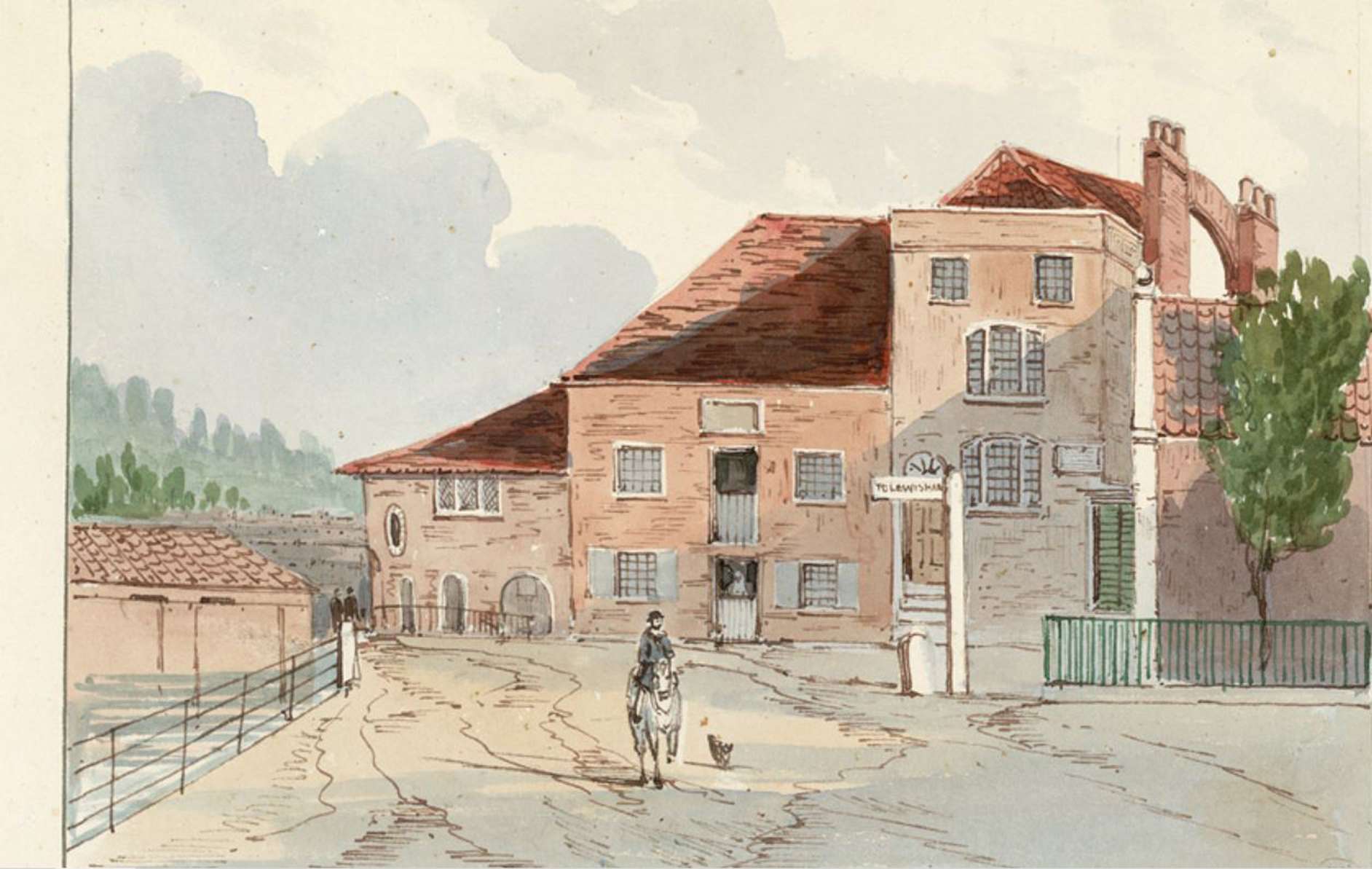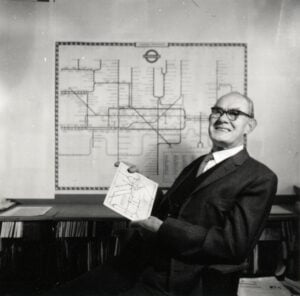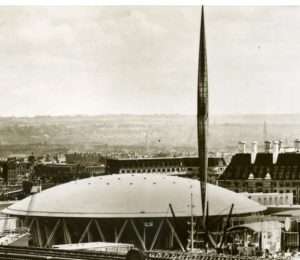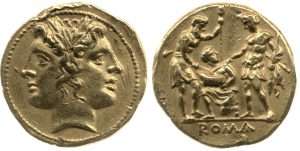With the New Year I think it’s about time I returned to the history of the Kent Waterworks.
This is about the water supply to Greenwich and Woolwich and it is going to go into many, many episodes. The Kent Waterworks Company only started in 1809 by an Act of Parliament.
In three previous articles I have described how initially the works was set up to extract water from the Ravensbourne on the site of a water mill at Brookmill Deptford, south of Deptford Bridge and how a water driven pump was installed there by William Yarnold in the late 17th century.
His successors continued to run this small waterworks until it was taken over in the mid-18th century by John Smeaton, the engineer, and his cousin and associate, William Holmes, a London watch and instrument maker.
They updated the works, which continued to extract water from the Ravensbourne and distribute it to an area of Deptford and Greenwich using wooden pipes and with some sort of priority given to the area around Sayes Court.
Many histories of the Kent Company say that it was founded by Ralph, or a Robert, Dodd, an engineer active in speculation in the water industry at the time.
I described his probable role in an earlier article. Ralph Dodd certainly suggested such a scheme to draw water from the Thames to supply Rotherhithe, Greenwich and Lewisham.
A new company was set up in 1810 and a proprietors’ meeting was called for ‘the election of an engineer’ but it was Robert Dodd who was involved.
A report on an associated court case comments ‘not Mr. Ralph Dodd, of whom the Court had frequently heard, but his son’.
Shares in the company were sold by auction and purchasers were thus likely to be a miscellaneous bunch of speculators.
Intriguingly a story in a local newspaper of 1823 reported on the murder of a John Smith who had been landlord of the Dover Castle Pub in Deptford. It says that he had purchased the old waterworks and then sold it to the Kent Waterworks Company.
The new Kent Company acquired Parliamentary approval to purchase ‘the letters patent, property and assets of the Ravensbourne Company’ for £65,000 – which to be honest isn’t a lot, even in 1809. They were not permitted to pump water from the Thames and had to include Rotherhithe, Lee and Lewisham within the area of supply, along with Greenwich and Deptford.
When the Kent Company took over the works at Brookmill it was still a fairly small installation. The works were on the banks of the Ravensbourne and consisted of a pump worked by a water wheel. This was still the original machine put in by William Yarnold and updated by Smeaton.
Almost the first thing the new owners did was to consult engineer, John Rennie, who visited the site with James Watt. This visit may be an indication that this small site was seen as having a useful future.
However money was needed if they were to modernise and there are many calls on shareholders in the local press.
On Rennie’s advice a single-acting rotative pumping engine was installed, made by the Birmingham based, Boulton and Watt Partnership. Its technical details include a cylinder 36in diameter with an 8 ft. stroke. The engine had a nominal horsepower of 55 and there were two sets of pumps. Steam was supplied by two wagon boilers.

This expensive investment was sited on the west bank of the river near the water wheel and presumably the engines pumped to the top of the existing water level but this height is not recorded.
In May 1810 the company called tenders for the construction of a steam engine house and a boiler house at ‘the top of Mill Lane, Deptford’. At the same time the corn mill – still apparently functioning after 130 years – is advertised ‘to let’.
The water was distributed through wooden mains. However an advertisement from March 1810 calls for tenders to supply cast iron pipes – of various sizes for a total of 32,000 yards.
In August they advertised for a contractor to excavate for a reservoir. Things were clearly changing..
Now, before we get any further, we need to go down to Woolwich to see what was going on there in respect of water supply.
These days Woolwich is the dominant town in the area and with all the council facilities concentrated there and Greenwich no longer had a municipal presence in its town centre. It was not always thus – in 1809, which is the period we’re looking at in terms of water supply, Greenwich was ‘one of the principal towns in Kent’. Woolwich had a less organised local government structure and was dominated by the vast government owned military, naval manufacturing and other sites.
There was very little in the way of municipal facilities – and there was certainly no domestic water supply. A reservoir for military use existed in Mulgrave Pond – and I’ll come back to that later.
In order to try to remedy this situation the Government had passed an ‘Improvement Act’ in 1807 and appointed commissioners to undertake improvement works in the town. Water supply being something near the top of that list.
Parliament’s made a statement that Woolwich was insufficiently supplied with water ‘which in case of fire might be attended with calamitous consequences to the town and the Royal Arsenal, dock and rope yards’.
The Commissioners were authorised to purchase land and springs and then to make ‘reservoirs and waterworks for supplying the inhabitants’. Sadly the Commissioners turned out to be even more incompetent than the locals.
They started off well by buying some land in Charlton from the Maryon Wilson Estate, where there with springs which could be used for extra water. This was the same site later to be used by one of the two abortive Charlton waterworks in the 1860 – it was then a field.
There were plans to build a water main which would go from these springs to a reservoir which was being made on land belonging to the Bowater family on a site about halfway up Francis Street – about where the long brick wall finishes at its lower, northern, end. It was called ‘Bowater Pond’ – not to be confused with another ‘Bowater Pond’ nearby. I don’t suppose that any of these ‘ponds ‘were particularly large.
Co-incidentally in Vincent’s History of Woolwich there is a short item about another reservoir that had been ‘discovered a few years ago at stabling near Pickford’s Yard’. I cannot believe that this can have been an extensive installation – if it was unnoticed, it couldn’t be anything more than a smallish pond.
The Woolwich Commissioners intended to install a steam engine at the Charlton site, and began negotiations for purchase of one from Birmingham based Boulton and Watt and John Rennie reported their deliberations.
A note from Rennie ‘thinks our letter to the Woolwich Water Works Co. a proper one’- which sounds to me like some sort of ultimatum.
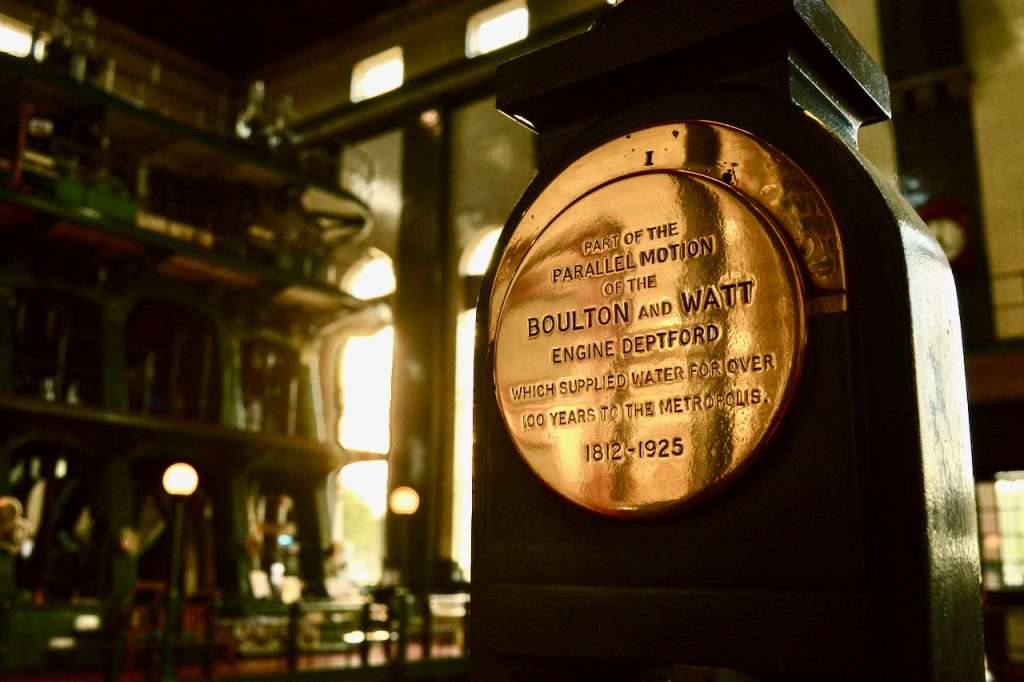
A steam engine was however supplied by Boulton and Watt. A year or so later when Kent Company engineers investigated they found the engine ‘in the cases in which it came from Soho which had never been opened”. Further examination found ‘the engine was found inapplicable to the purposes of the company’ and so it was ‘sold by them to other parties for £500’.
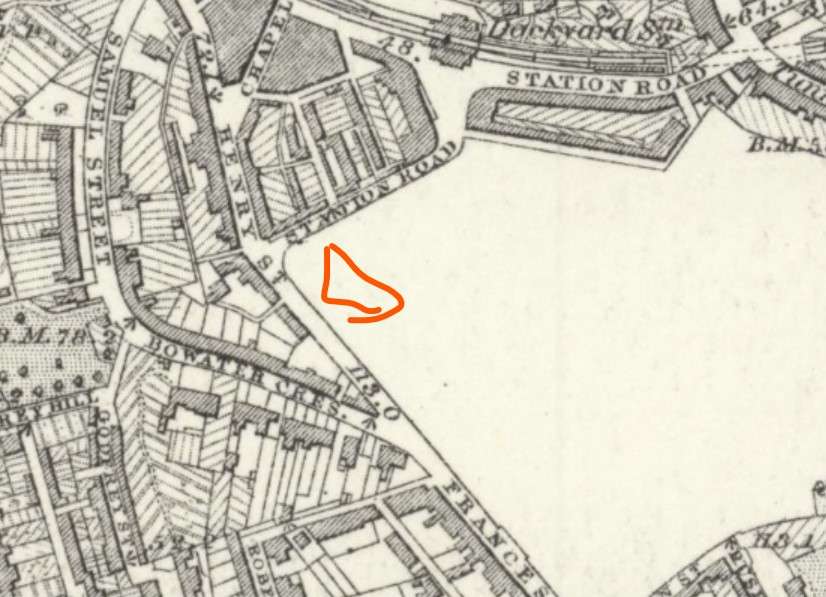
Rennie also comments that the Woolwich project is being sold to the new Kent Waterworks Company.
A new Act of Parliament for the Kent Company was passed which required them to take over the scheme from the Woolwich Commissioners and empowered the Commissioners to sell to the Kent Company all the property they had purchased to set up a water supply to Woolwich.
The Kent Company’s area of supply was thus increased at a stroke to include Woolwich, Plumstead, Charlton, Bermondsey, Peckham, and Peckham Rye.
Arrangements were also made for the Company to supply various Government establishments.
The Ordnance Department at Woolwich and the Artillery Barracks of the Garrison were first supplied, and later contracts were made for the supply of the Royal Arsenal, the Admiralty establishments, the Dockyard at Woolwich, the Royal Observatory, the Royal Naval Hospital, and His Majesty’s Dockyard and Victualling Yard at Deptford.
So within two years of being set up the Kent Water Company had more than doubled its area of supply.
The company had also changed from looking for extensions to the West – the earliest prospectus of the company, and indeed Dodd’s promotion saw its future upriver to Rotherhithe. Peckham, and Bermondsey, and Lewisham.
Now, by Government order, the expansion which actually took place was east to Woolwich and that continued right up until municipalisation in the early 20th century.
The Kent Company took in sites to the east and the South and into the area we would now describe as ‘Metropolitan Kent’.
Thanks Stephen Fielding, The Kempton Great Engines Trust ; Dr. Robert Carr.


